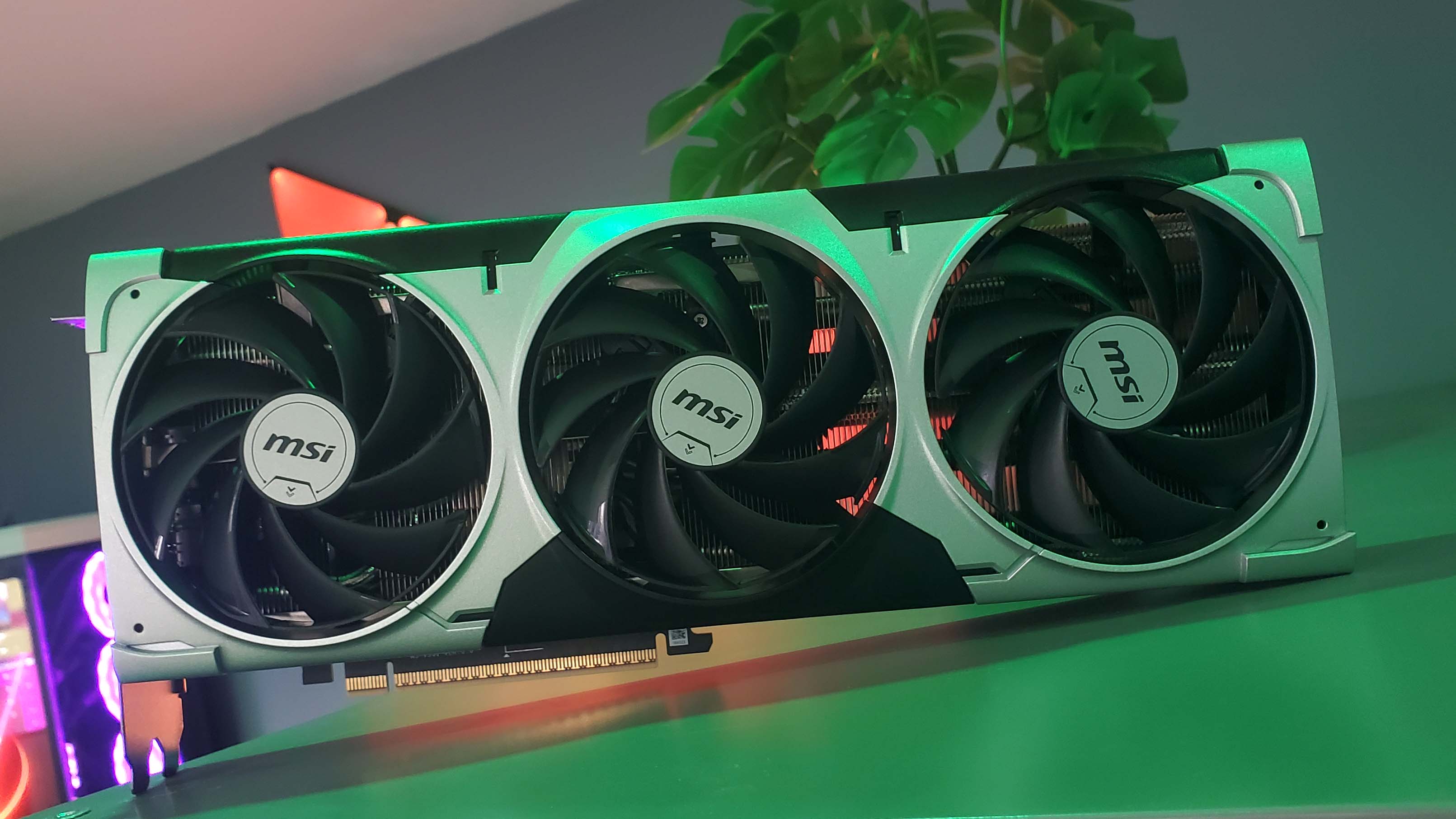
Если бы не проблемы с высокой ценой и дефицитом, я бы жалел NVIDIA RTX 5080. Он обладает лишь половиной графической обработки (GPU) высокопоставленного RTX 5090, которая является главной картой NVIDIA GeForce Blackwell. Несмотря на это, это испытывает ограничения запаса и высокие цены. Тем не менее, как карта RTX 50-серии среднего уровня, она может похвастаться одним из вторых самых быстрых игровых графических процессоров, и это должно что-то считать, не так ли?
Здесь прибывает RTX 5070 TI, предположительно менее дорогой и младший брат, который дает своему старшему коллегу пробежать за свои деньги и перехватить обед в процессе. Как потребитель, я не могу не быть взволнованным: новая видеокарта, обеспечивающая больше, чем ожидалось для своей категории. Тем не менее, это несколько необычно, учитывая историю строго разделения карт Нвидии в зависимости от производительности. У меня есть догада, что после запуска могут быть некоторые сомнительные ценообразования, которые потенциально могут нанести ущерб репутации RTX 5070 TI.
Что касается Nvidia, то это здорово, что они выпустили RTX Blackwell после RTX 4070 Ti Super, который был довольно глотким, и даже дал ему снижение цены. Тем не менее, я озадачен тем, почему RTX 5080 был представлен вместе с RTX 5090, только за которой последовала другая карта, которая почти равна на бумаге. Что делает это более запутанным, так это то, что эта новая карта значительно превосходит 5080 при разгрузке, существенно уменьшая разрыв в производительности.
Действительно, RTX 5070 TI выделяется как исключительная видеокарта. Это карта, которая процветает при разгоне, почти конкурируя с производительностью графического процессора над ним в серии, когда ему дают некоторую комнату для настройки Nvidia. Примечательно, что достижение переворотов 3,2 ГГц+ не зарезервировано для экспертов OC; Даже новички могут управлять этим с этим графическим процессором.
Nvidia RTX 5070 Ti: Вердикт

Если вам не удалось обеспечить RTX 5080, который вы с нетерпением ожидаете из -за его ограниченного снабжения при запуске, вы, возможно, фактически уклонились от пули. Недавно выпущенный RTX 5070 TI имеет масштабированную версию того же графического процессора, и, что удивительно, он не так отстает с точки зрения производительности необработанных кадров.
The specific graphics card I’ve been testing for release day is the MSI GeForce RTX 5070 Ti Ventus 3X. This model, you should know, has been overclocked, but it’s been promised that it will match this price in the UK market at least. Regrettably, I can’t provide any insight on how long this pricing will last or how many units will be available for purchase.
Moreover, I harbor clear concerns regarding the actual, real-world price this specific card might end up being.
To put it simply, let’s suppose that the RTX 5070 Ti’s base rate is as indicated, considering my trusting nature. The Nvidia whitepaper indicates a standard Boost clock speed of 2.45 GHz for this card, but I wasn’t anticipating that it would actually come with an average Boost speed of 2.7 GHz straight out of the box. Even though the specified speeds are typically worst-case scenarios, I found myself pleasantly surprised by this card’s performance.
Despite having a GPU that boasts high clock speeds, exceptional heat management, and performance only slightly below the RTX 5080 by 14% at 1440p and 17% at 4K, you’ll find that it consistently trails by no more than about 10 frames per second.
As a fan, it seems disheartening to hear about the potential issues with the RTX 5080. However, the situation might not be as grim as it initially appears. I’ve always been aware of the GB203 chip’s overclocking potential in the RTX 5080, and it looks like that potential has also been realized in the RTX 5070 Ti, its scaled-down variant. This could indicate that there’s still room for performance improvement in the RTX 5080, despite the initial reports.
With just a little cavalier clock tweaking I’m within 10% of the RTX 5080 at all resolutions.
There is something disgracefully smelly going on with the RTX 5070 Ti pricing.
Apart from being approximately 25 — 30% faster than the previous RTX 4070 Ti Super, it’s almost matching the performance of the RTX Blackwell card that’s higher up the ladder. Using a historical comparison, this graphics card outperforms the RTX 3090, both in gaming and productivity aspects. However, an additional 8 GB of VRAM in the older $1,500 card will only become significant when dealing with very memory-intensive scenarios.
It’s puzzling to me why the unused headroom hasn’t been utilized yet, but the overclocking capabilities of this expensive GPU (priced at $749) are nonetheless impressive. Among all the high-end new Nvidia graphics cards, this is the one I would suggest you consider.
Regrettably, I must add an important disclaimer to my conclusion. It appears there’s a significant issue regarding the pricing of the RTX 5070 Ti. Upon closer inspection before its release, it seems that the suggested price of $749 may not be taken seriously by retailers. In fact, numerous listings are already showing prices close to $1,000.
In the UK as well, we’re not exempt from the high prices for the new graphics cards. A retailer shared with me that they will stock the entry-level cards priced at a minimum of £875, and other overclocked models will have an MSRP of £940.
The affordability of the RTX 5070 Ti has been significantly diminished at these prices. If this is its standard retail price for an extended period (be it weeks, months, or years), it would be quite disappointing. Even at Nvidia’s suggested manufacturer price, it’s a substantial investment, but considering its default performance, Multi Frame Gen feature, and overclocking potential, it still offers reasonable value as a GPU.
However, should manufacturers and sellers decide to exploit the market by acting as scalpers and excessively increasing prices, the NVIDIA GeForce RTX 5070 Ti may encounter a bumpy beginning.
Nvidia RTX 5070 Ti: The specs
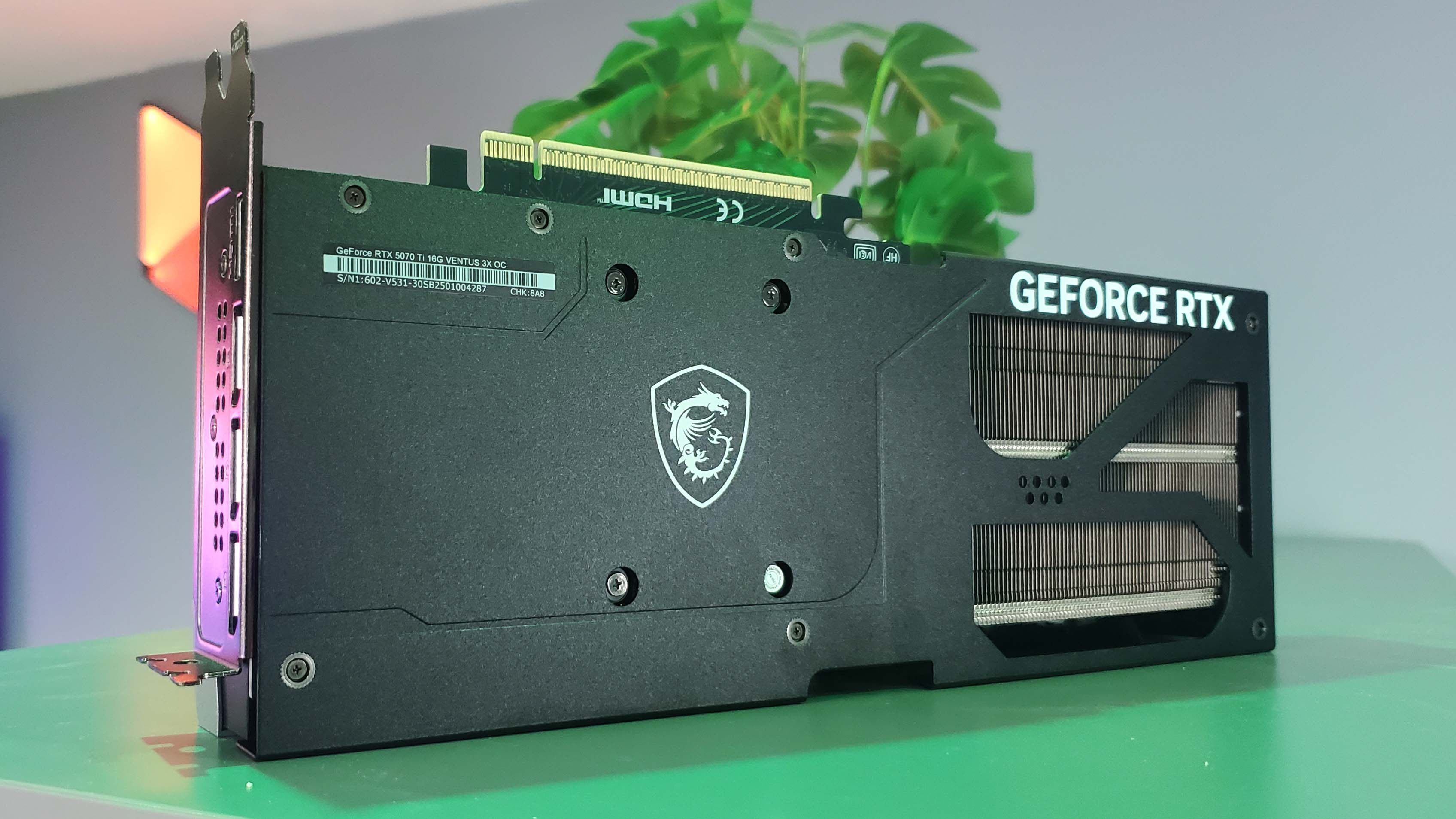
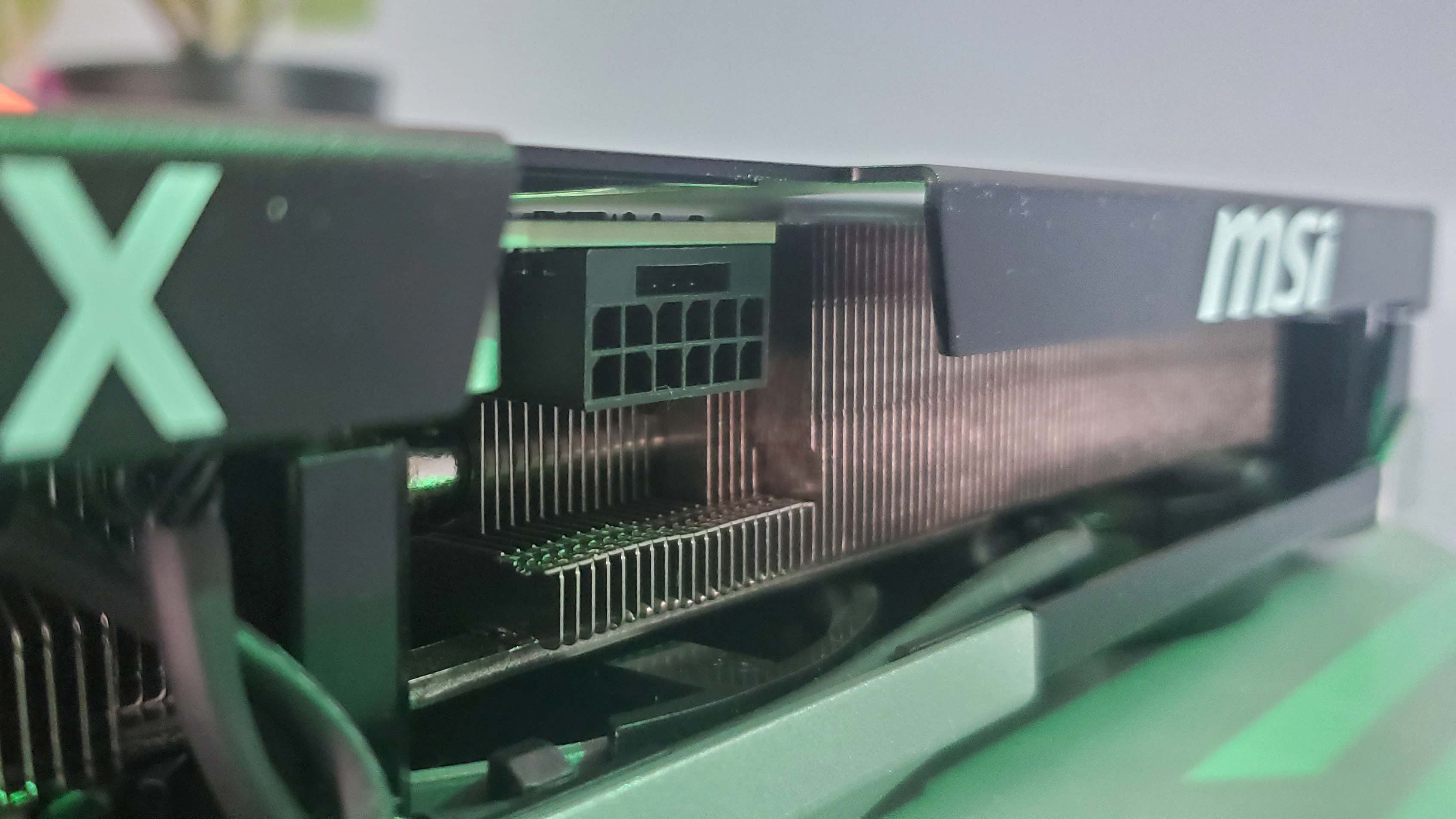
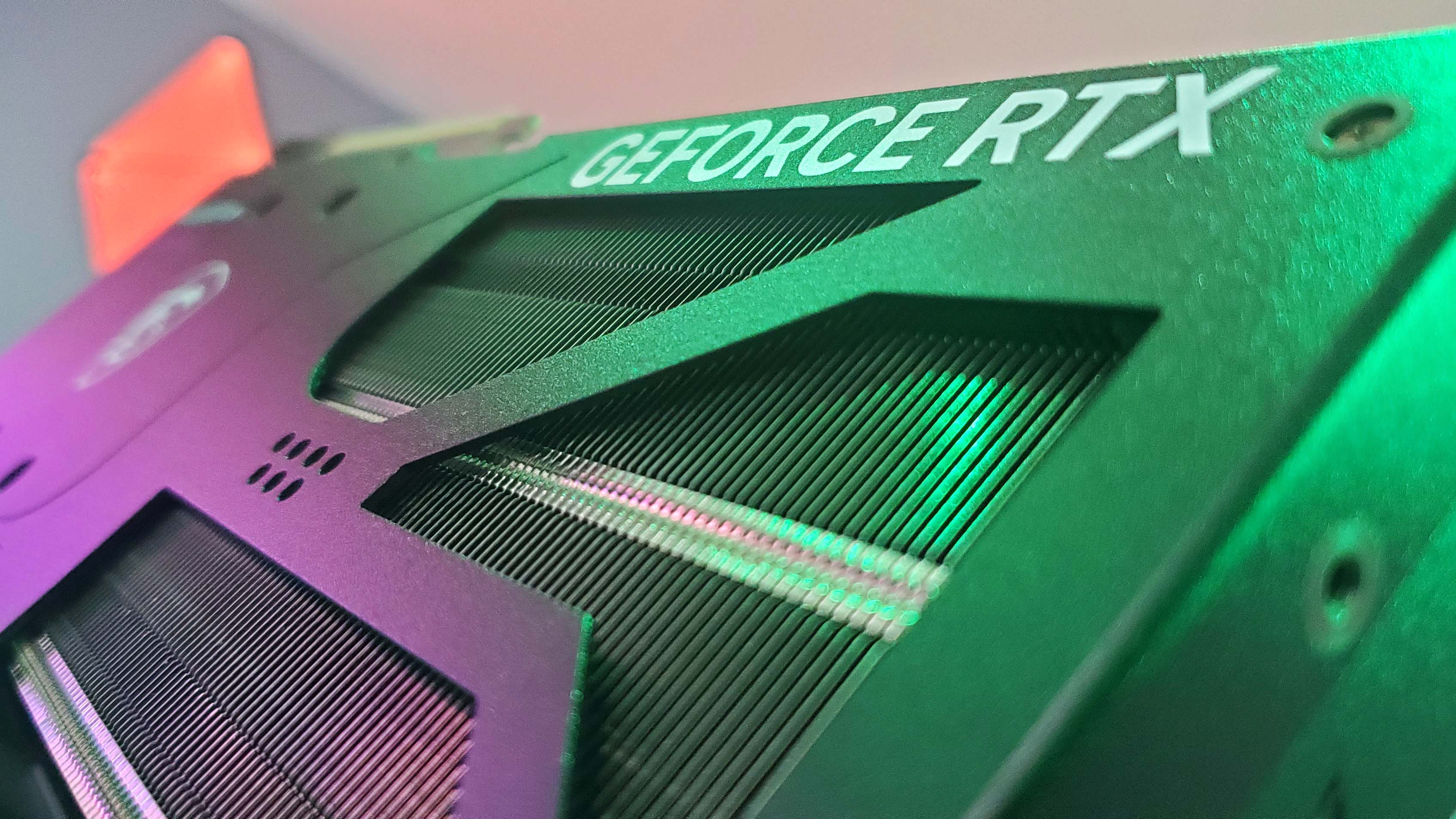
The RTX 5070 Ti is an advancement directly following the enhanced RTX 4070 Ti Super, not the base model RTX 4070 Ti. This upgrade, without a doubt, is beneficial as Nvidia chose to continue utilizing a slightly reduced version of the same chip previously used in the RTX 5080.
This option offers several significant advantages, benefiting us as well as our environmental team. Firstly, it ensures we receive a robust memory sub-system, featuring a 256-bit bus instead of the 192-bit bus that comes with the GB205 GPU in the RTX 5070. Additionally, it provides the same 16 GB of GDDR7, although with a slightly reduced clock speed and less L2 cache. Essentially, this setup is quite similar to that of the RTX 5080.
This is how the RTX 4070 Ti Super was designed, and I must say, I’m glad Nvidia has remained consistent with this approach. However, it seems that this strategy advantages the company by utilizing defective GB203 chips, which would have been unusable for RTX 5080 cards, in a different product instead.
Currently, TSMC 4N process shares similarities with the Ada generation, making it likely to be quite resilient at this point. Notably, it results in a GPU that is somewhat smaller than the AD103 found in the RTX 4080 and RTX 4070 Ti Super. This size difference should lead to improved production yields. Given these circumstances, Nvidia decided to utilize the entire GB203 die for the RTX 5080s. However, this doesn’t allow for much flexibility in chips that may lack a complete set of 10752 CUDA cores.
Possessing an RTX 5070 Ti, which features 8960 cores, enables Nvidia to repurpose less-than-perfect chips towards creating a highly capable graphics card.
In comparison to past RTX xx70 Ti series models, the power requirements are quite close. The RTX 3070 Ti has a Total Graphics Power (TGP) of 290 watts, while the upcoming RTX 4070 Ti/Super versions are expected to have a TGP of 285 watts. This new RTX 5070 Ti, however, boasts a slightly higher TGP of 300 watts.
The RTX 5070 Ti doesn’t have a Founders Edition, meaning Nvidia’s unique designs for this series of cards aren’t available. However, this leaves room for AIBs (Add-in Board manufacturers) to showcase their own designs, such as the MSI RTX 5070 Ti Ventus 3X. This model shares many similarities with the RTX 4070 Ti Super Ventus 3X we’re familiar with, but there are minor adjustments in its design. It’s less sharp-edged, which is commendable, yet it maintains the same grey and black color scheme and operates on a slightly more than dual-slot configuration.
Nvidia RTX 5070 Ti: The performance
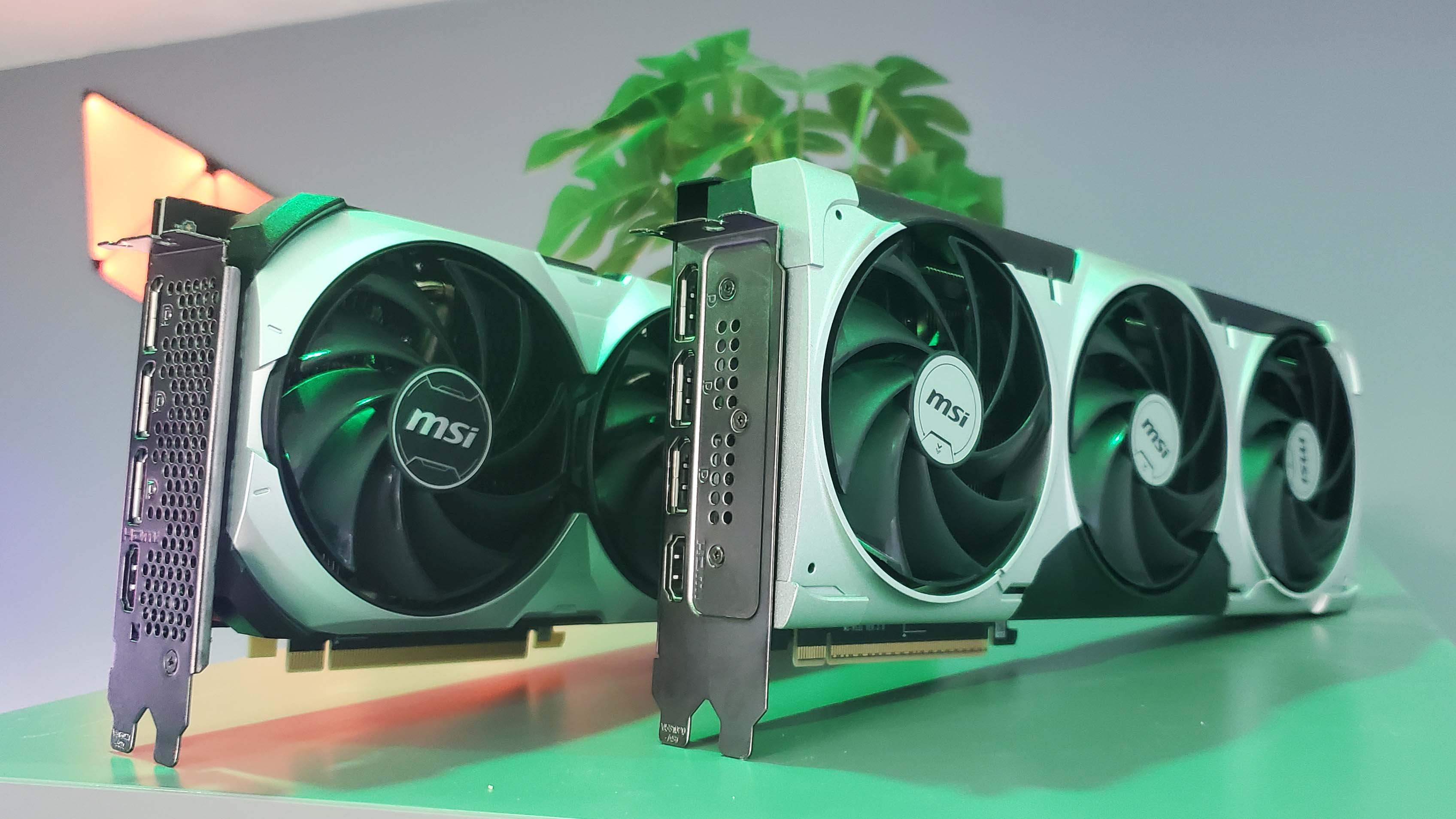
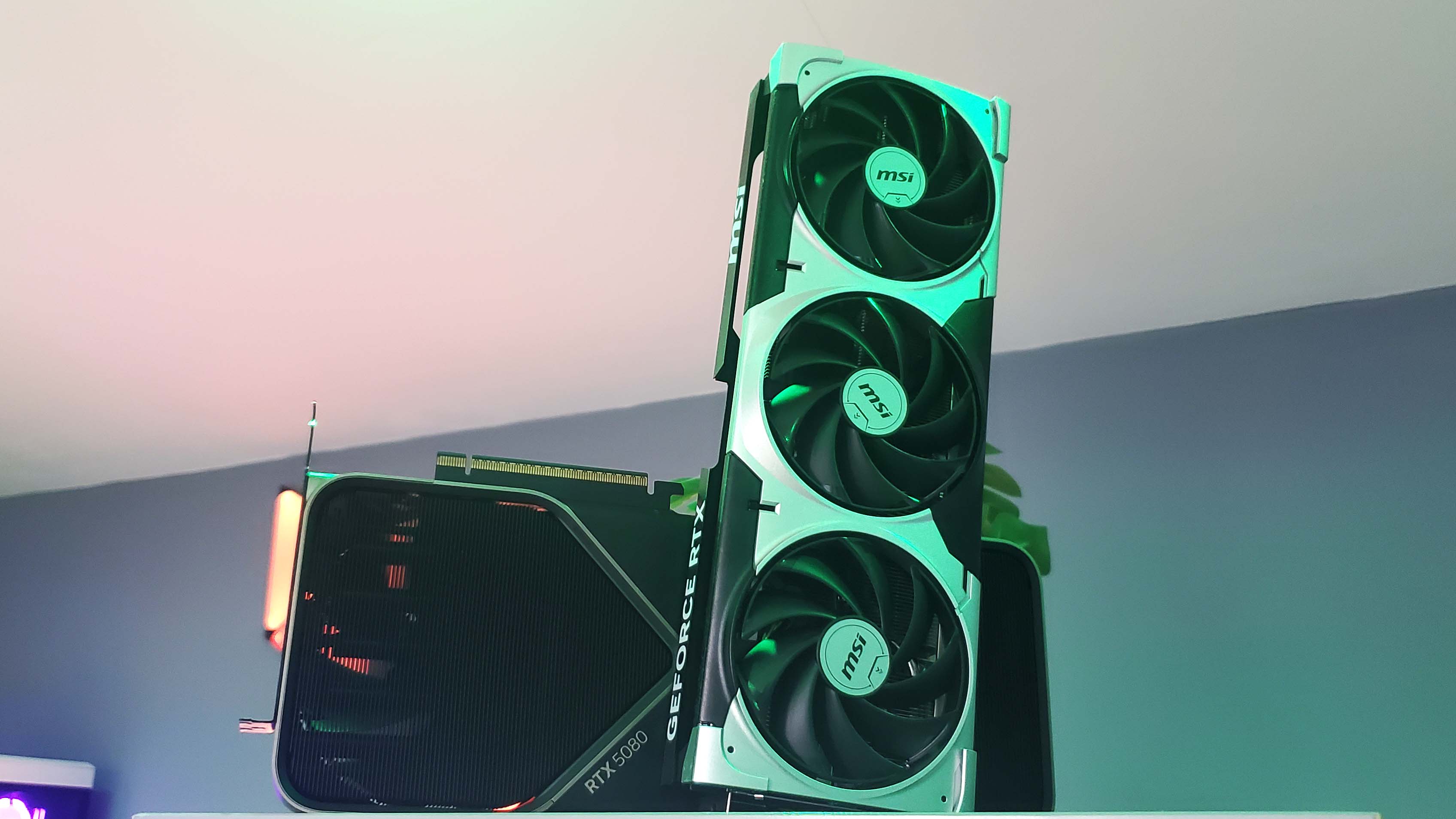
Initially presented at CES Editor’s Day, Nvidia predicted that the base performance of the RTX 5070 Ti would be approximately 20% higher compared to the RTX 4070 Ti Super in terms of generation-on-generation improvement. This estimate aligns well with the observed performance, placing it right around where we were led to believe it would be.
One standout in our test collection is the Metro Exodus Enhanced Edition, as it offers a relatively modest 11% improvement in performance compared to other tests. This small boost is causing a noticeable dip in the overall average performance, while all other tests in the suite demonstrate a consistent 20% uptick.
The card falls roughly between the RTX 4070 Ti Super and the RTX 5080 in terms of performance, being about 15-20% slower than the higher-end RTX Blackwell GPU. However, considering it is priced 25% lower (MSRP comparison), its relatively lower cost for the performance it delivers isn’t too shabby.
Nvidia encourages us to consider the significant improvement offered by the RTX 30-series, as upgrading every generation isn’t usually common practice. However, the RTX 5070 Ti, while delivering approximately a 50% performance boost over the RTX 3070 Ti (which was cheaper at $599), was in a lower tier. Yet, it’s striking to note that the RTX 5070 Ti can run about 25-30% faster than the RTX 3090, the top-tier Ampere generation GPU priced at $1,500. This suggests a substantial increase in gaming frame rates, outpacing the performance of a previous GPU generation.
Apart from the standard 2x Frame Generation, many games offer an enhanced feature known as Multi Frame Generation (MFG). Most modern games incorporate this technology. I find MFG particularly impressive and it significantly enhances this 4K gaming card’s performance in compatible games. However, it’s important to note that in demanding games like Alan Wake 2, where the input frame rate and PC latency aren’t optimal, the full 4x MFG setting can cause some issues. Reducing it to 3x still provides excellent performance, but with fewer visual artifacts.
In other words, running Cyberpunk 2077 at Real-Time Overdrive in 4K resolution results in a standard frame rate of 15 frames per second and a high PCL (perceived input lag) of 181 milliseconds. However, enabling DLSS Quality along with 4X Multisampling Anti-Aliasing reduces the frame rate to an impressive 110 frames per second and lowers the latency to only 77 milliseconds. Despite this significant improvement in performance, it might not seem like much in a single player game.
Improving performance on this level is usually taken to another notch when overclocking comes into play. In the context of contemporary graphics processing unit (GPU) history, overclocking hasn’t been a significant focus in my reviews due to the fact that chips have been optimized to make full use of their built-in headroom without requiring much tweaking from us tech enthusiasts. However, this isn’t the case with the RTX Blackwell generation, particularly the GB203 GPU. Here, there’s a noticeable room for overclocking, making it an exciting prospect for those who love tinkering with their hardware settings.
I’ve just booted up MSI Afterburner and recklessly pushed the GPU and memory frequencies up.
Following my experience with the RTX 5080, I was eagerly anticipating the RTX 5070 Ti, and surprisingly, the Ventus 3X model doesn’t boast a high-end triple-slot cooling system. However, I’ve still been able to squeeze out impressive additional performance from this GPU. Initially, there was a glitch that prevented me from adjusting power limits, but it has since been resolved. Since then, I’ve successfully stabilized the chip at +450 MHz, and added an extra +1000 MHz to its memory clocks.
Adjusting these specific settings reduces the difference in performance between the RTX 5080 and the RTX 5070 Ti to nearly 10%, and the gap between it and the RTX 4070 Ti Super increases to roughly 30%.
It isn’t difficult to achieve those levels, and I haven’t delved into adjusting voltages or extreme cooling methods for this purpose. Instead, I simply cranked up my GPU and memory frequencies using MSI Afterburner without much finesse. The system struggles with gaming at +475 MHz, but it becomes unresponsive as soon as you set +500 MHz. However, it remains stable when slightly lower settings are applied.
1) The chip’s power and heat requirements remain virtually unaffected by the overclocking, so there’s no compelling reason not to stick with the set overclock level. In essence, the RTX 5070 Ti can approach its maximum potential without much effort, which is quite remarkable given that the RTX 5080 can be pushed even further for better performance. However, the ability to push the RTX 5070 Ti close to its default speed is still astonishingly impressive.
It seems there was no apparent explanation as to why the GB203 cards didn’t come with boost clocks exceeding 3 GHz straight away.
On the manufacturer’s perspective, the RTX 5080 model exhibits a slight advantage, but since they share similar Video Random Access Memory (VRAM), the difference isn’t significant. However, in the PugetBench benchmark for DaVinci Resolve, there’s barely any gap between them when it comes to AI scores, which is surprising considering that actual AI-based image generation tests consistently favor the RTX 5080.
It’s important to mention that while the RTX 5070 Ti Ventus 3X consumes slightly more power compared to its previous version, the increase is minimal. Despite having the same size cooling shroud, this new model actually operates at cooler temperatures. This could be due to the fact that, although it has fewer heatpipes, they appear noticeably thicker in diameter.
Test Setup for Gaming PC:
CPU: AMD Ryzen 7 9800X3D, a high-performance processor
Motherboard: Gigabyte X870E Aorus Master, a premium motherboard to support the processor
RAM: G.Skill 32 GB DDR5-6000 CAS 30, ultra-fast memory for smooth gaming
Cooler: Corsair H170i Elite Capellix, a high-performance liquid cooler to keep temperatures in check
SSD: Crucial T700, a 2 TB solid state drive for fast storage
PSU: Seasonic Prime TX 1600W, a powerful power supply unit to support the system’s needs
Case: DimasTech Mini V2, a compact yet spacious case to house all components.
Nvidia RTX 5070 Ti: The Analysis
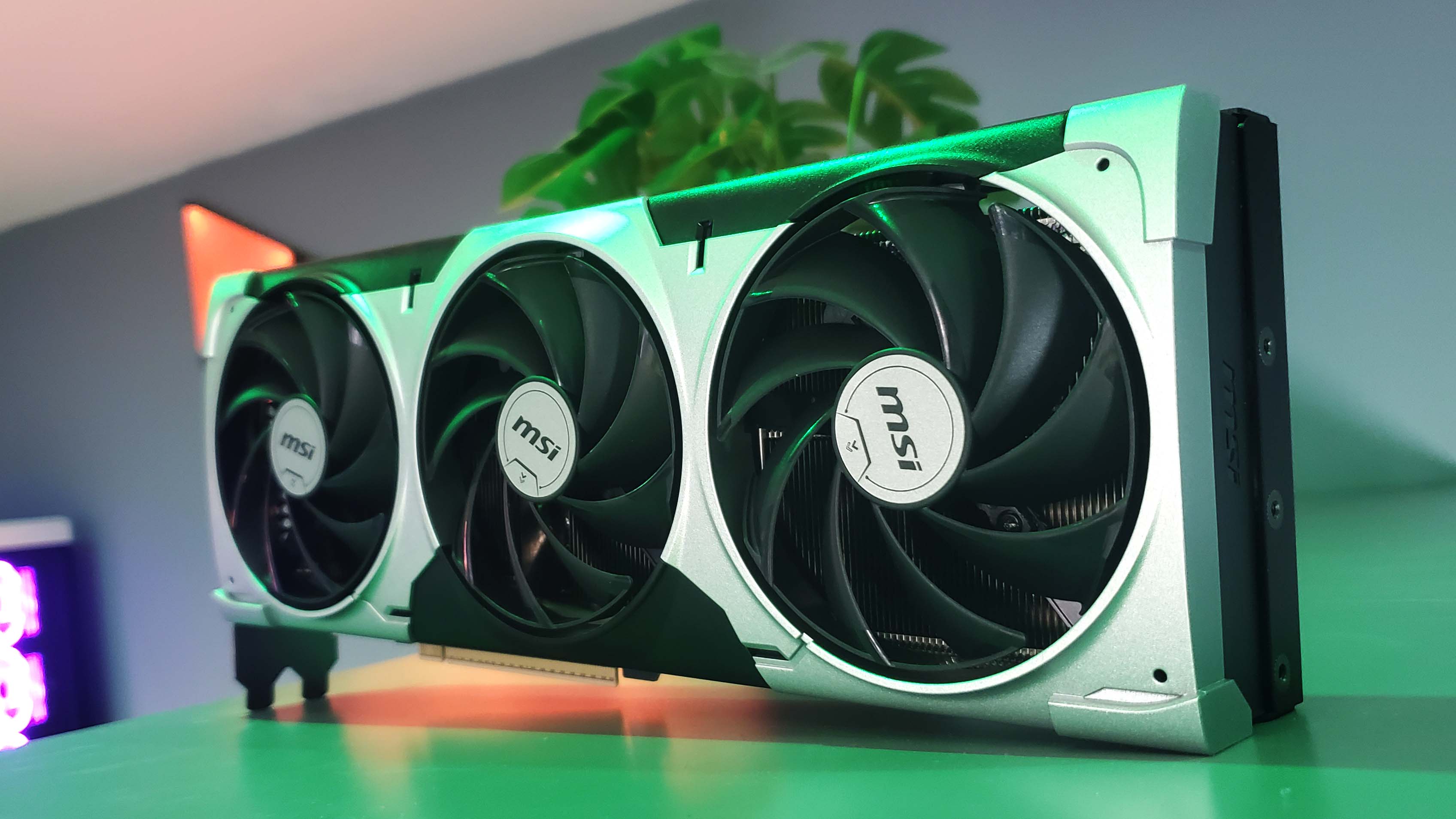
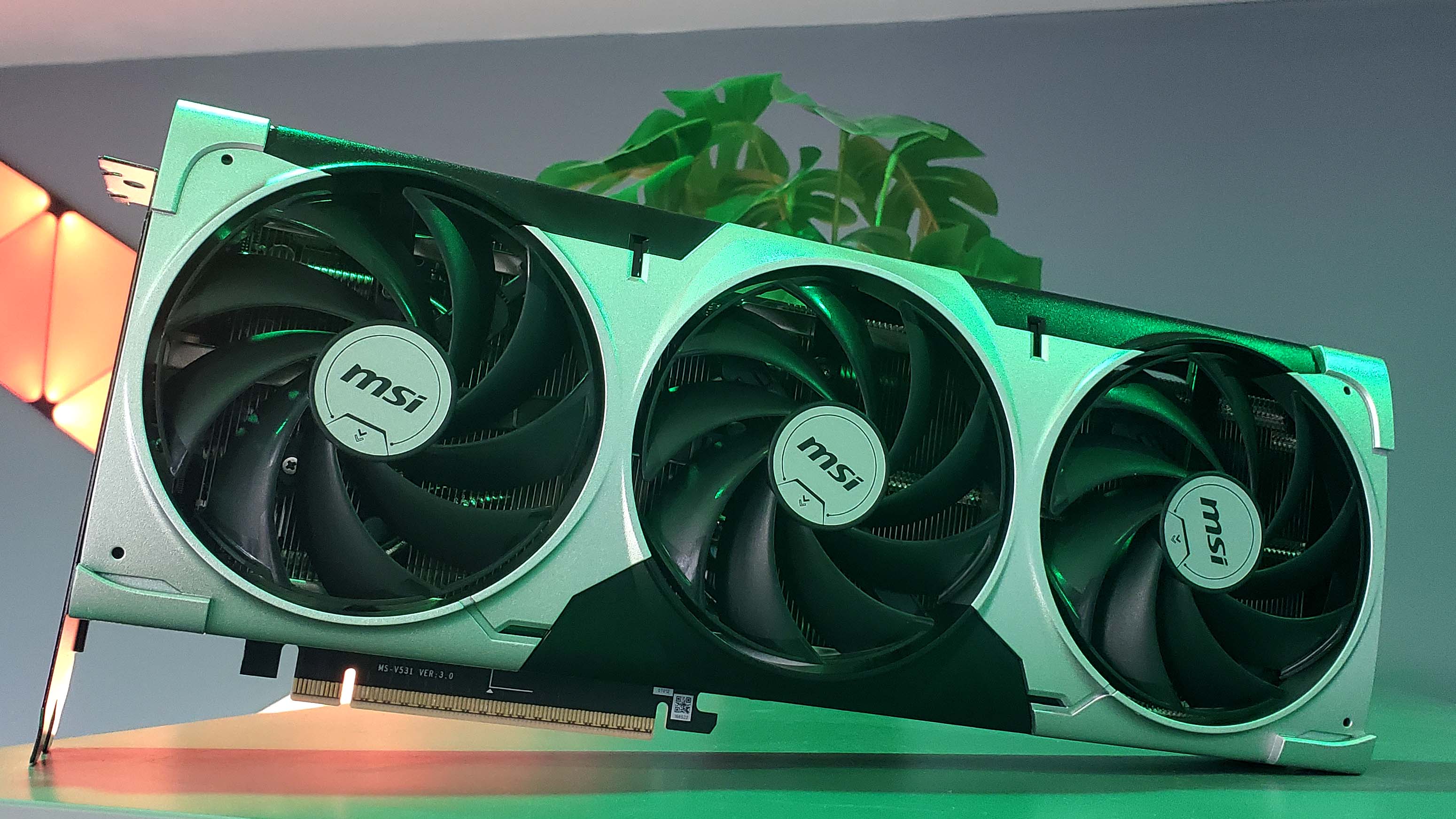
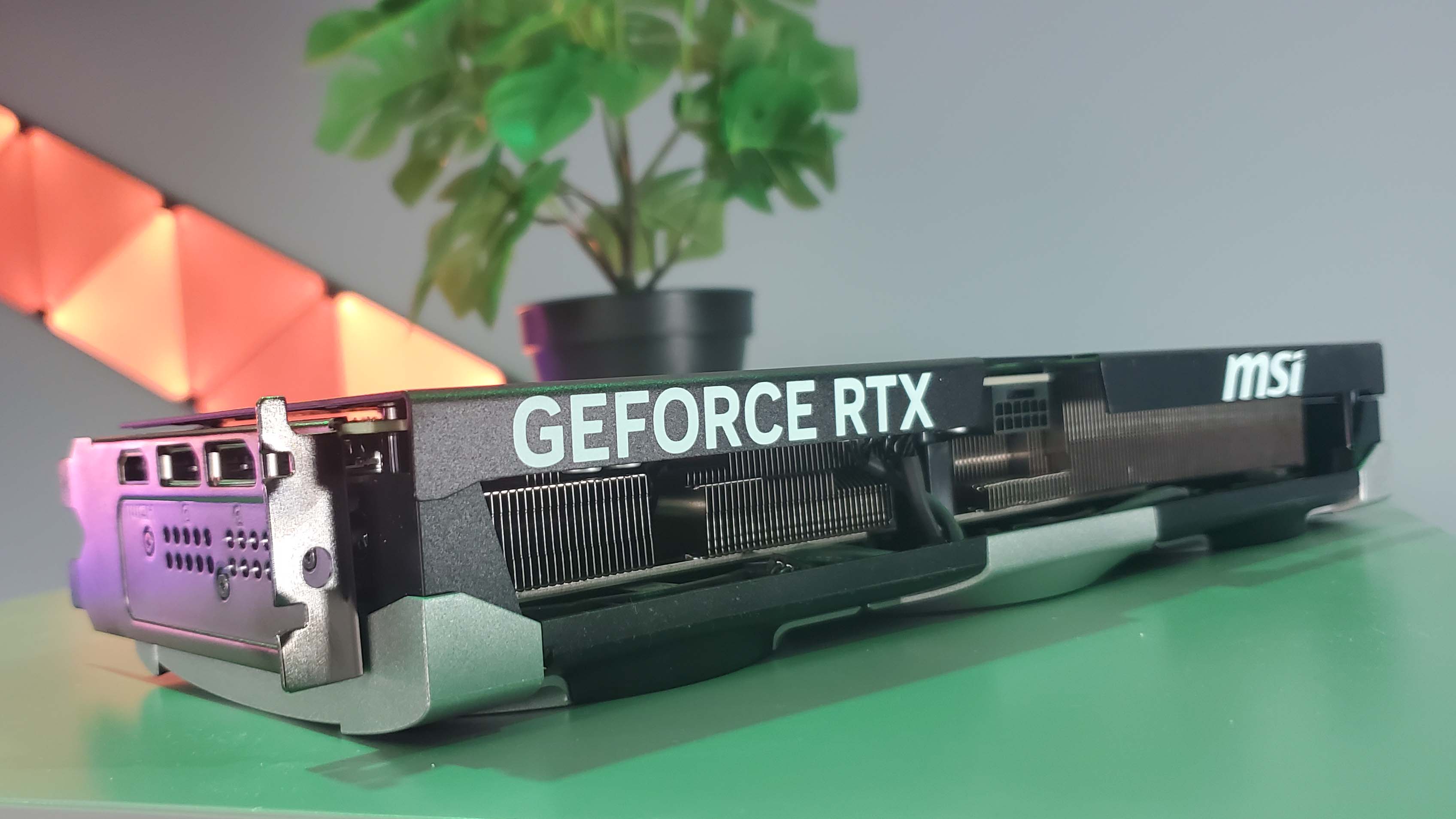
An exceptionally promising graphics card that might struggle due to its high price point, bordering on excessive.
The RTX 5070 Ti graphics card has the potential to be excellent, but it may struggle due to being overpriced. This is because while Nvidia’s suggested retail price (MSRP) appears attractive at $750, a decrease of $50 from the $799 of the RTX 4070 Ti/Super cards, manufacturers and sellers seem intent on capitalizing on the shortage and high demand for the new RTX 50-series GPUs, leading to potential overpricing.
The RTX 5090 and RTX 5080 were sold out within five minutes after release, and even though there might be more RTX 5070 Ti units available due to its later release date, they’re expected to sell fast as well, particularly since there aren’t many alternatives currently. Both AMD and Nvidia have ceased production of their previous-generation graphics cards by the end of last year, and retailers cleared out their remaining stock in preparation for new offerings from the graphics industry’s green and red giants.
This implies that GPU manufacturers are seizing an opportunity to overprice their products without fear of repercussions. They understand that while excessive pricing may deter most gamers, there will always be some who are willing to pay a premium to secure a new GPU. These few consumers will ensure that the limited stock at launch is quickly sold out.
Later on, manufacturers can benefit by making it seem like they’ve significantly reduced prices, bringing them closer to the Manufacturer’s Suggested Retail Price (MSRP), once inventory levels stabilize. It’s a double advantage for them, but a loss for PC gamers.
As a gamer, I’ve got the MSI RTX 5070 Ti Ventus 3X in hand for a test run. Nvidia claims this is an MSRP (Manufacturer’s Suggested Retail Price) model, but honestly, I can’t imagine finding it for $750 in the US markets. Frankly, there are other cards with comparable performance out there, and they’re more likely to be found on sale around the $1,000 mark — that’s the original MSRP of the RTX 5080.
Over the next few weeks and months, it’s likely that most RTX 5070 Ti graphics cards will be priced significantly higher than their Nvidia Manufacturer Suggested Retail Price (MSRP). This could potentially bring their price closer to that of the RTX 5080. Given this trend, the minor performance difference between these two GPUs becomes less significant as the price disparity narrows.
Смотрите также
- Список филлеров Наруто и Наруто Шиппудена: все эпизоды, которые можно пропустить.
- Консольные команды Сталкера 2 и чит-моды
- Читы Bellwright и консольные команды
- Лучшие слайдеры NHL 25 и как их использовать
- Некоторые графические карты Sapphire RX 9070/9070 XT содержат труднозаметную пену внутри, которую необходимо удалить, иначе это может привести к снижению охлаждающей способности или отказу продукта.
- Этот уютный симулятор фермерства — просто сонная лягушка, которая лениво грызет землю на вашем рабочем столе весь день. И это лучшие 4 доллара, которые я потратил за долгое время.
- Новый анимационный сериал ужасов от Netflix «Лето, в которое умер Хикару» выходит в этом году, и у него есть жуткий новый постер, задающий тон
- Лучшие моды от REPO: добавьте больше монстров, имитаций и стилей к жуткому кооперативному симулятору компании
- Быстрый обзор Fast Fusion: футуристические гонки, напоминающие WipeOut и F-Zero, блещут на Nintendo Switch 2
- Apex Legends – посмотрите кинематографический трейлер Altered Horizons
2025-02-19 17:04